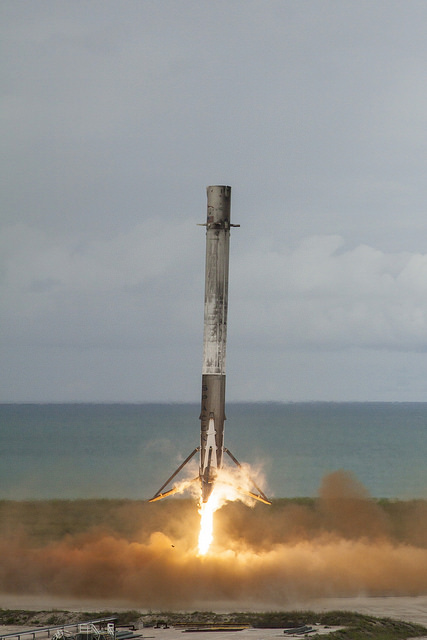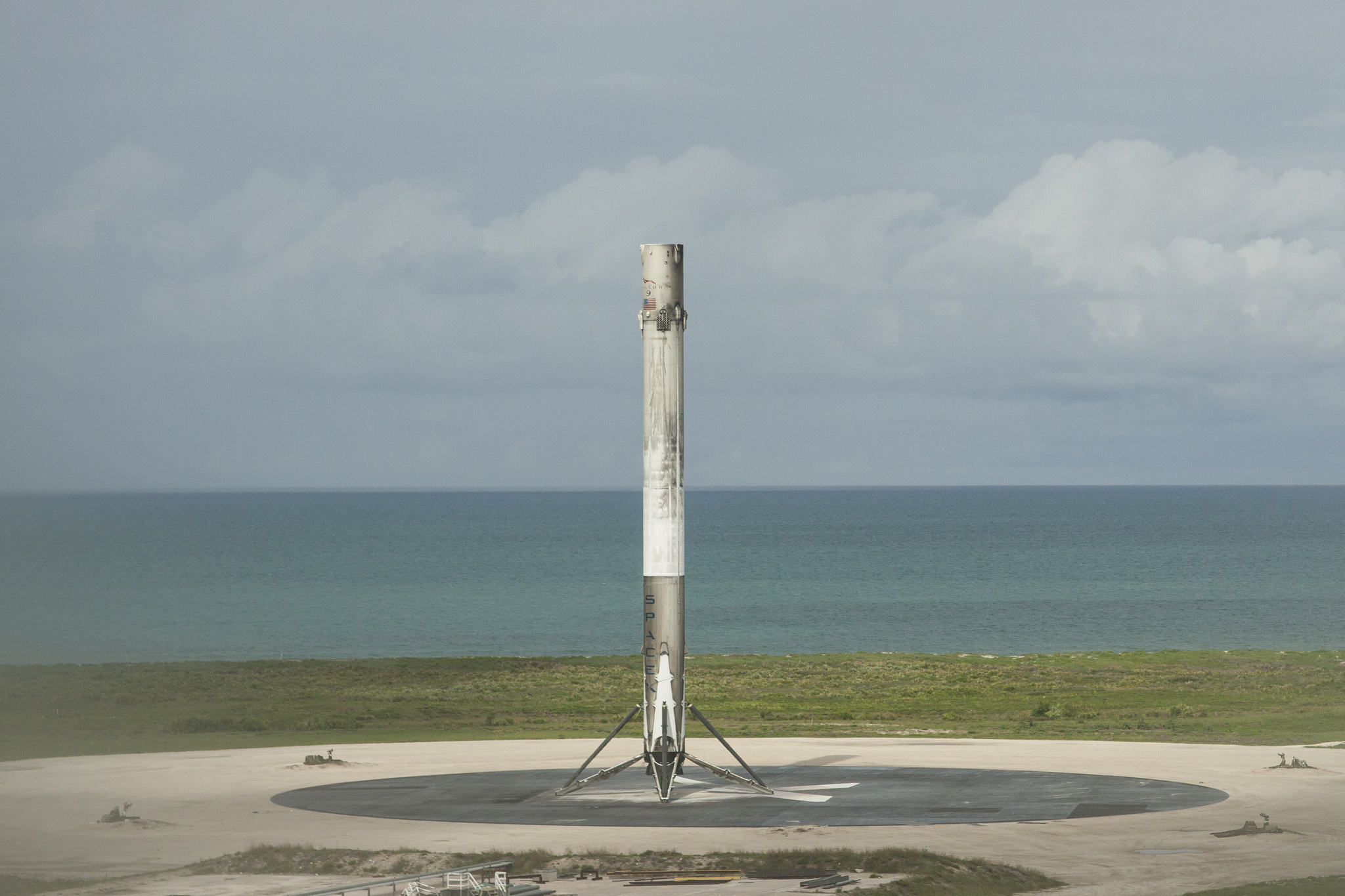
Amazing news from the wide open frontier of private space exploration:
- SpaceX recovers yet another Falcon 9 booster and reuses a Dragon capsule for the first time
- Rocket Lab successfully launches their first booster which will lift small sats into low earth orbit
- More on mining moon and asteroids
- Concept for mining rocket fuel on the moon
- SpaceX lifts a heavy commercial satellite into geosync orbit
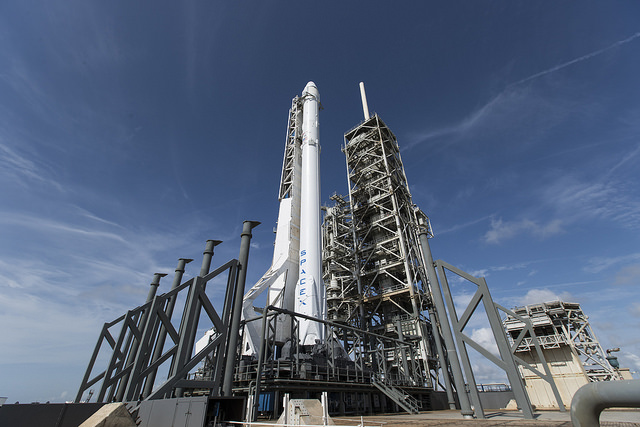
6/3/17 – I got home about two minutes after the Falcon 9 was successfully recovered. Watched the archived copy of SpaceX’s CRS-11 launch of a re-used Dragon to resupply ISS. The Falcon 9 booster was also reused. This is the 5th recovery of Falcon 9 on land and the 11th recovery in total. Awesome.
Made note of a fun tidbit of trivia. The booster and payload went from 0 to 1,002 km/h in 60 seconds on the way up. On the recovery the Falcon 9 booster went from descent speed of 1,119 km/h to zero in the last 29 seconds.
Pause for a moment and consider the staggering results.
SpaceX previously recovered a booster and used it a second time today. A capsule that had already been in space and was recovered was sent back a second time.
Several tweets pointed out this is a recycled launch – the booster and capsule were both reused. Recycled. Gotta’ love it!
Oh, and for something minor, you could have watched the launch live for free on the ‘net. I watched the archived copy as soon as the live feed ended.
The CRS-11 mission will deliver under 6,000 pounds of food, supplies, and experiments to the ISS. The Dragon capsule will stay at ISS for a month and then return to the earth off the Baja coast.
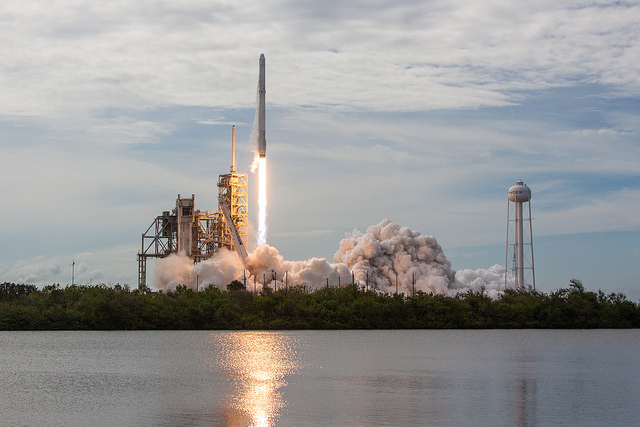
5/25/17 – DW – Private firm launches rocket from New Zealand and Space.com – Rocket Lab’s Electron Mini Launcher Blasts off in Debut Flight from New Zealand – Electron is a brand new launcher from Rocket Lab designed for placing small satellites in low earth orbit.
Rocket Lab had their first test launch on 5/25 and it was a success.
The Electron booster will carry a 330 pound payload. The rocket is built of carbon fiber composites. Several comments indicate the engines are 3D printed.
Visible pricing is $5.5M per launch. The goal is one launch a week. There is a backlog of paying customers.
Rocket Lab uses a launch facility that they built, leading to public comments this is the first-ever launch from a private facility.
More competition. Very cool!
(If I could easily find a public domain photo of the Electron or a copy with permission-to-reprint I would have a photo of the rocket.)
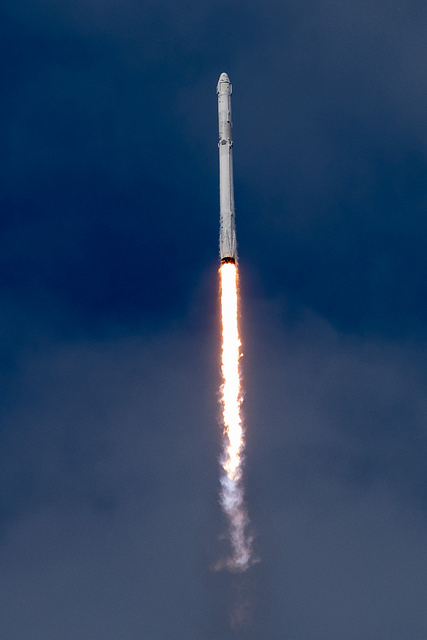
5/10/17 – Seeker – This Company Plans to Mine the Moon – and It’s Not Alone – A company named Moon Express plan to bring a scoop of dirt and rock back from the Moon in 2020 and sell it. They want to mine the moon.
Several other companies are focused on mining the Moon and asteroids.
Let me explain why mining in space would be so fantastic.
A variety of valuable minerals are available in abundance on the moon and asteroids.
Most valuable though would be water. It is not only useful for hydration, breathing, and growing food, but it can also be broken down and used for propulsion.
Anyone who figures out how to pull water off the Moon or an asteroid will have a lucrative gas station on the way to the planets and stars.
Another resource on the moon is helium-3. In a massive stretch of my brain, that would be the raw material if/when scientists figure out how to harness fusion. If, if, and if, there is enough helium-3 on the moon to supply all our energy needs on earth for thousands of years. (My brain can’t stretch far enough to grasp the implications, but I’m trying.)
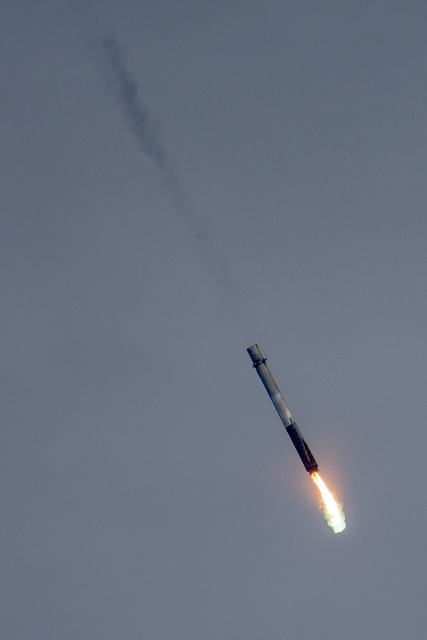
5/15/17 – Live Science – Students Design Ways to Mine the Moon for Rocket Fuel – A student team has outlined a plan to mine ice on the moon, turn it into rocket propellant (oxygen and hydrogen), store it in a huge gas station, and thus provide fuel for trips to Mars and outer planets.
There is a lot of ice on the moon. That can be melted, then split into oxygen and hydrogen, which is already used as propellant for some rockets.
Team suggests developing three different rovers for the moon. The first would explore for exact locations of large ice deposits. The second would follow along, packing down the moon dust for a roadway, then building a launch pad. The third would be a miner, which pulls ice out of the moon.
Add a robotic shuttle to pick up the ice and carry it to a space station.
Finally, add a large space station at the Lagrangian Point 1 (L1). (Huh? What in the world is that I hear you say as you echo my question. That is a point between earth and moon where the gravitational pull from both bodies is equal. Apparently that would be an ideal location for a fueling station because it would reduce the fuel expenditure of the ships headed out for further points.)
The station at L1 would have large solar arrays providing the electricity to break down the water molecules. It would also have huge storage tanks to hold the hydrogen and oxygen.
Space ships would dock at the fueling station, fill up, and be on their way.
The whole reason for this process is getting anything off the earth takes massive energy. It would take less energy and thus less cost to mine ice on the moon, break apart the molecules, and refuel in space.
That means spaceships could carry more fuel and more cargo on their missions and do so at far less cost.
Is your head hurting from being stretched so far? Mine is.
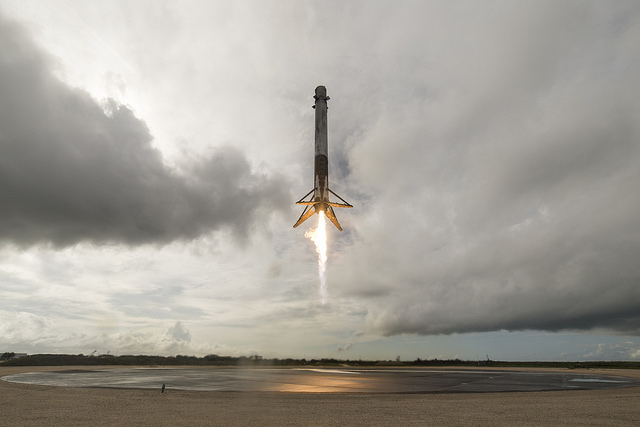
5/15/17 – Space.com – SpaceX Launches Super-Heavy Communications Satellite – The launch of Inmarsat’s satellite is the 6th of 20 missions SpaceX has planned for this year. There is a backlog of 70 launches on SpaceX’s manifest.
They have four launches scheduled in June and three scheduled in July. The Falcon Heavy is scheduled for a demo launch in the 3rd quarter with the first commercial launch of a Falcon Heavy in the third quarter also.
Ten of the Falcon 9 boosters have been recovered with one of them reused and another planned for reuse in June. (Make that 11 successful recoveries after the CRS-11 launch mentioned above.)
More about the Inmarsat F4 communications satellite. It is a fifth-generation comm satellite, weighing in at 13,400 pounds, which is the heaviest load yet for a Falcon 9. That sat completes the company’s $1.6B constellation which provides worldwide broadband access at 50 megabits per second download and 5 megabits per second upload.
Perhaps a private-owned satellite based high-speed internet connection available around the globe could be the headline comment on a post discussing the open frontier of private space exploration. Astounding.
